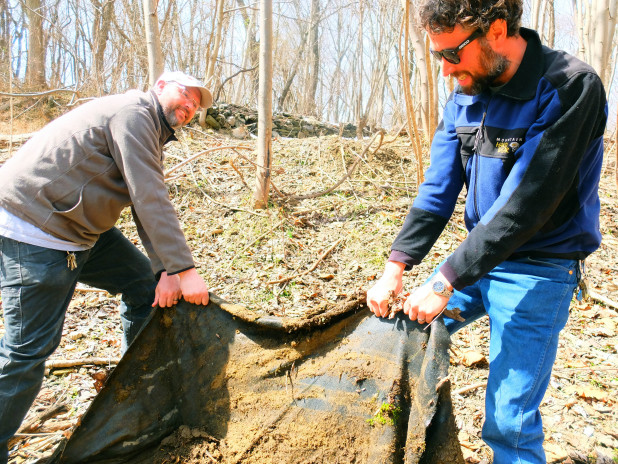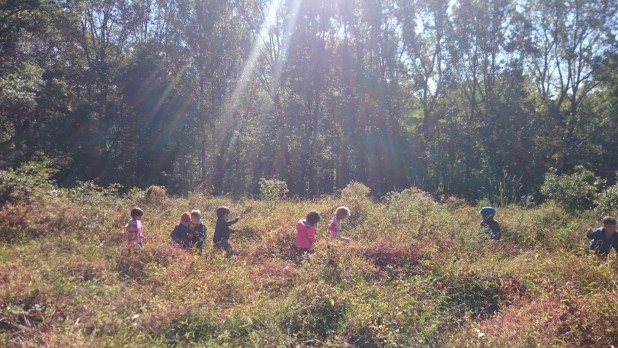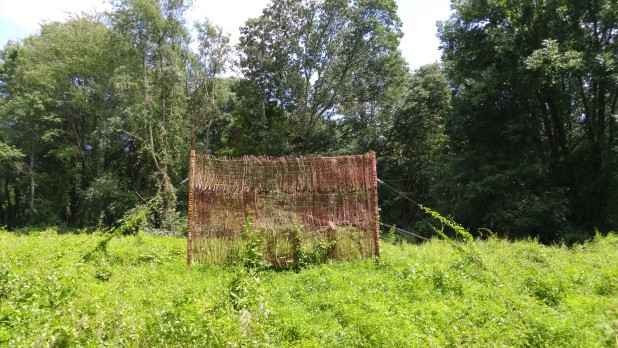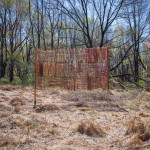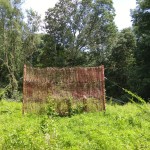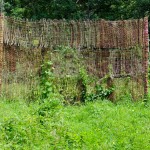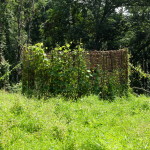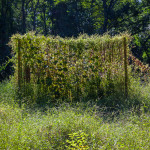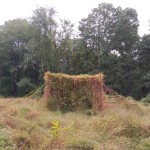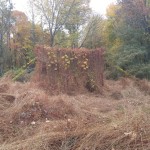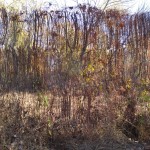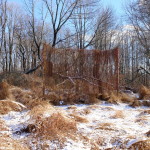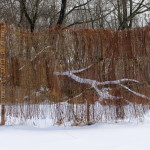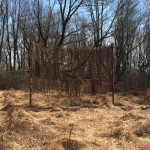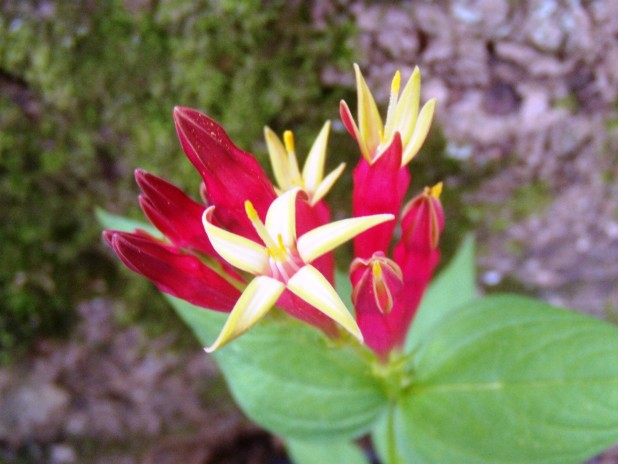By Melissa Nase, Manager of Land Stewardship
Every garden reflects the individuality and personal taste of its gardener. Reasons for choosing specific plants can range from aesthetic values like color, texture, and shape to practical considerations such as space limitations, attracting specific pollinators, or even what was available at the local garden center. Some gardeners prefer well-behaved plants, and maintain exceptional order while others prefer a more natural look, or even, shall we say, slightly unruly. And there will be no judgments here! There is a place for all these styles to coexist, in the name of happiness, beauty, biodiversity, and ecosystem health.
This year, for Schuylkill Center members, we’re offering pre-orders for our Spring Native Plant Sale, so you can start planning your garden now and pick up your plants in the spring. For our Plant Sale Pre-Order, we’ve put together a list of our favorite native plants, with numerous options for any style of garden.
My gardening theory is that the least amount of mulch you can see, the better. Accordingly, we’ve included a couple groundcovers to replace that non-native vinca and pachysandra. Tiarella cordifolia ‘Running Tapestry’, foamflower, is a vigorous runner, spreading quickly to form a mat of heart shaped, mottled leaves. It sends up creamy white flowering spikes throughout the spring and provides ample cover for wildlife. If you have deeper shade, partridgeberry (Mitchella repens), is one to consider. Partridgeberry is understated and delicate with small evergreen leaves, and bright red berries that persist through winter.
In the shrub layer, sweet fern (Comptonia peregrina) is a great option. With its 2-4’ stature, sweet fern is the right height for planting along the foundation or incorporating with other perennial wildflowers. The fern-like leaves are aromatic when crushed, and perhaps more importantly, deer resistant.
Not many of us have room for large canopy trees in our yards. Instead, smaller understory trees can fill the void. Chokecherry (Prunus virginiana) is the generalist among native understory trees, serving a broad range of ecological functions. It grows under a wide variety of sun, moisture, and soil conditions, even adapting well to clay soils. In late summer, the berries provide food for all types of wildlife including birds, and both large and small mammals, not to mention acting as larval host for a variety of Lepidoptera.
Take a look at this list and order form for the Plant Sale Pre-Order and feel free to inquire with any further questions. Plant Sale Pre-Orders will be accepted through Friday, April 1. In addition to these selections, our full offering of native plants will be available at our annual Spring Native Plant Sale during the last weekend in April.
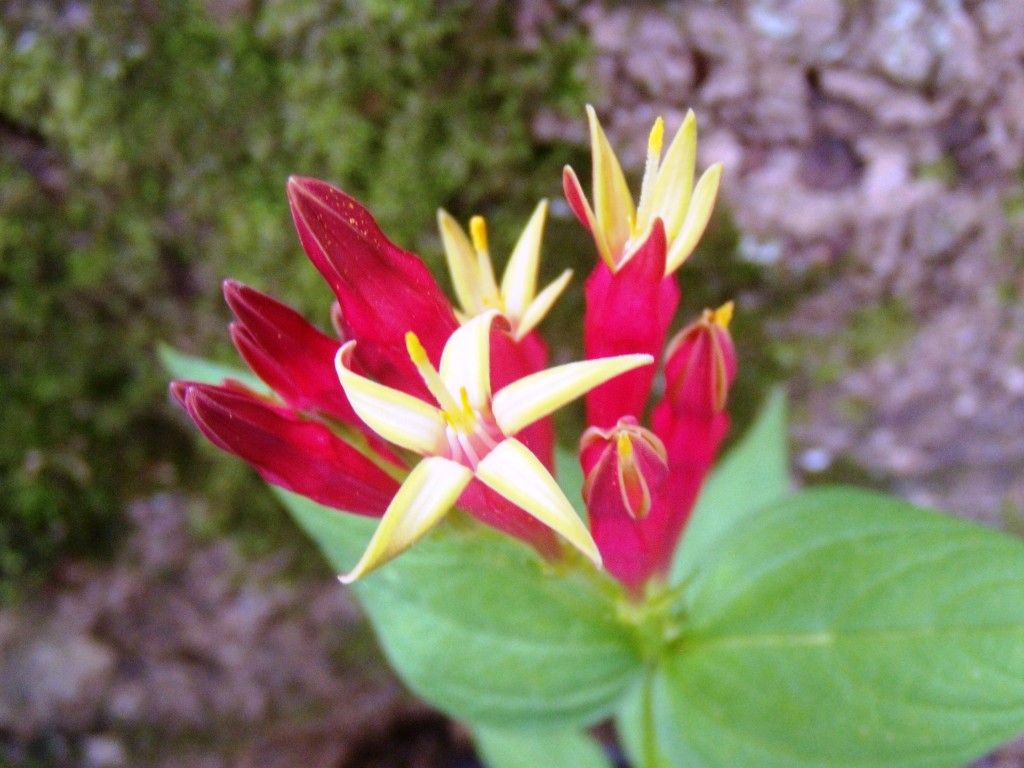


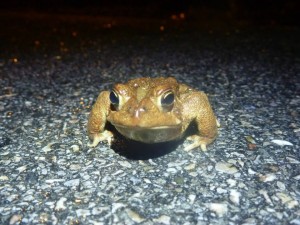 It’s early spring, just around sunset, and the conditions are just right—55 degrees and humid. A high-pitched trilling rings out in the distance. The shallow water of the Upper Roxborough Reservoir Preserve stirs with excitement. The toads of Roxborough are ready to run—and ready to attract a mate.
It’s early spring, just around sunset, and the conditions are just right—55 degrees and humid. A high-pitched trilling rings out in the distance. The shallow water of the Upper Roxborough Reservoir Preserve stirs with excitement. The toads of Roxborough are ready to run—and ready to attract a mate.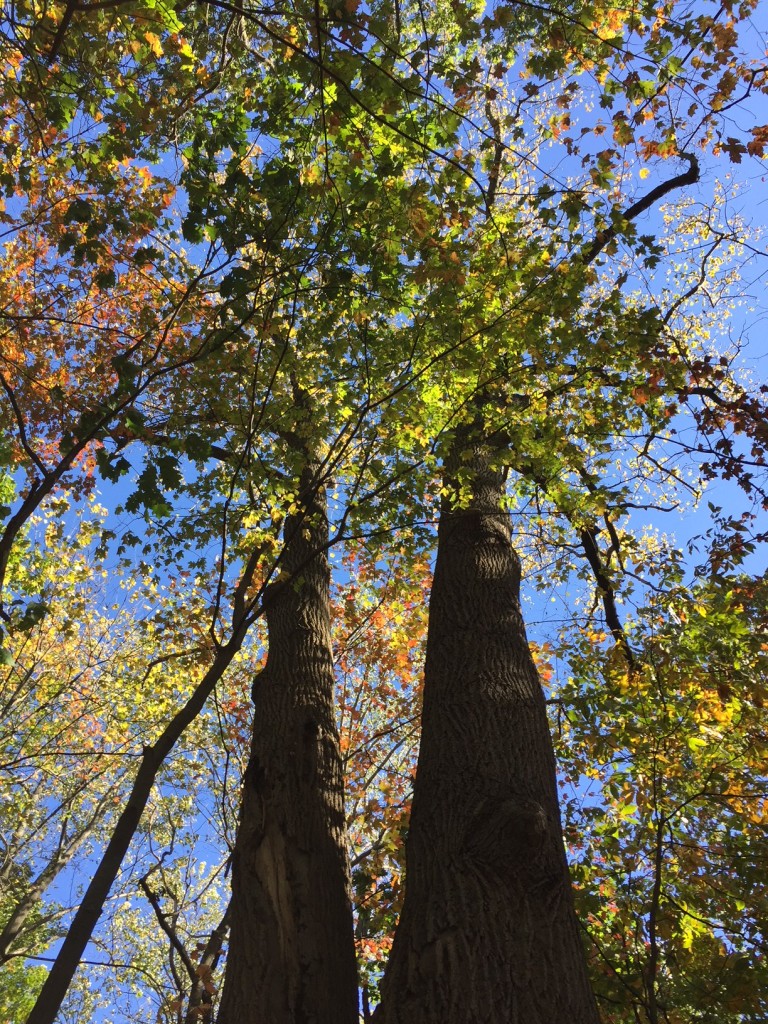 By Andrew Kirkpatrick, Manager of Land Stewardship
By Andrew Kirkpatrick, Manager of Land Stewardship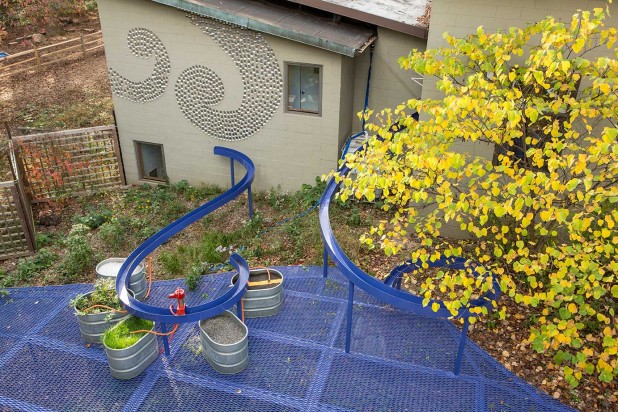
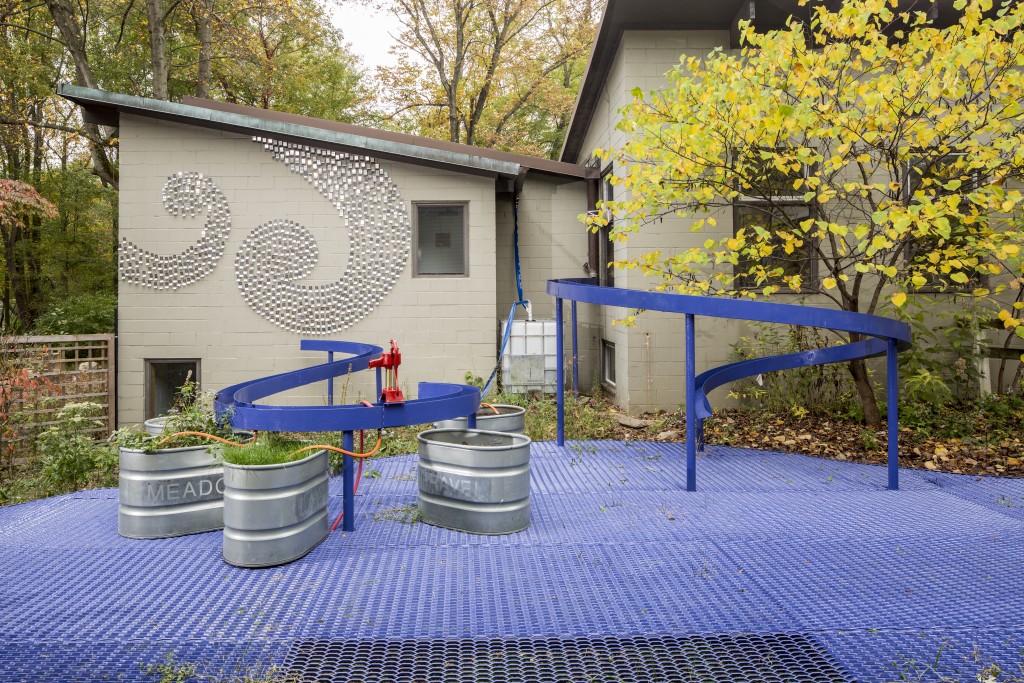
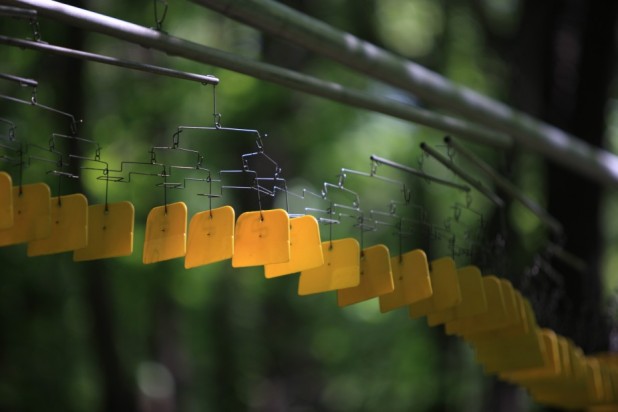
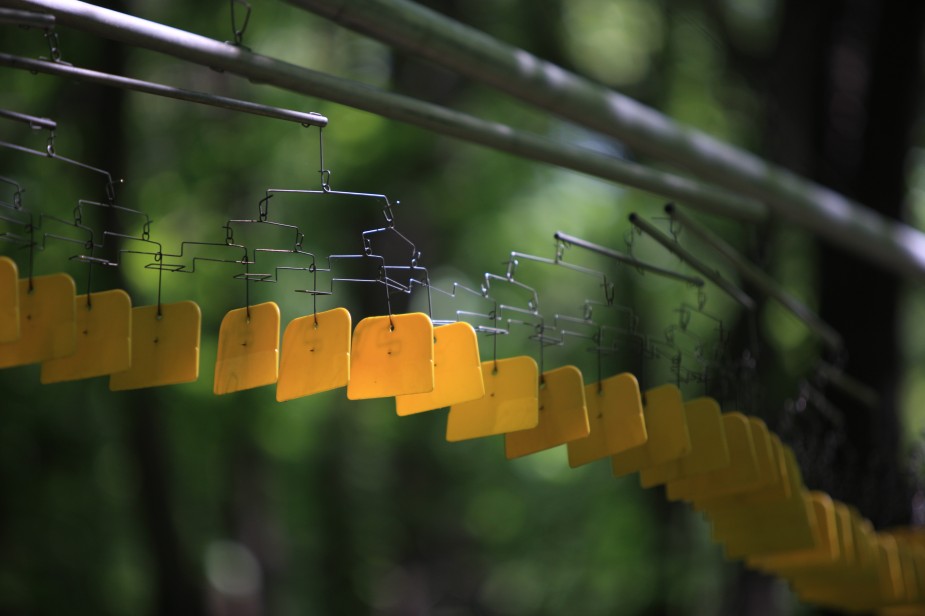 “I imagine a line in space. I build it straight and true and offer it to the wind.
“I imagine a line in space. I build it straight and true and offer it to the wind.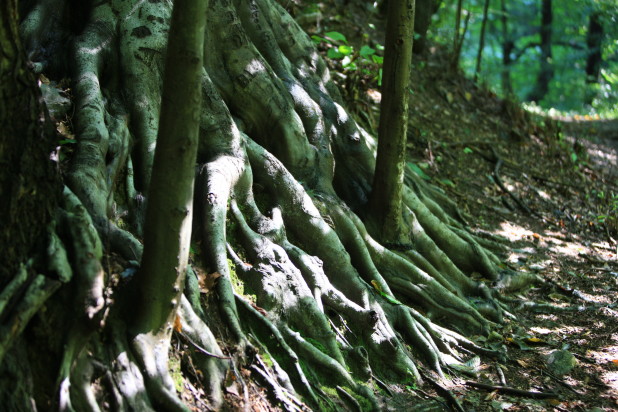
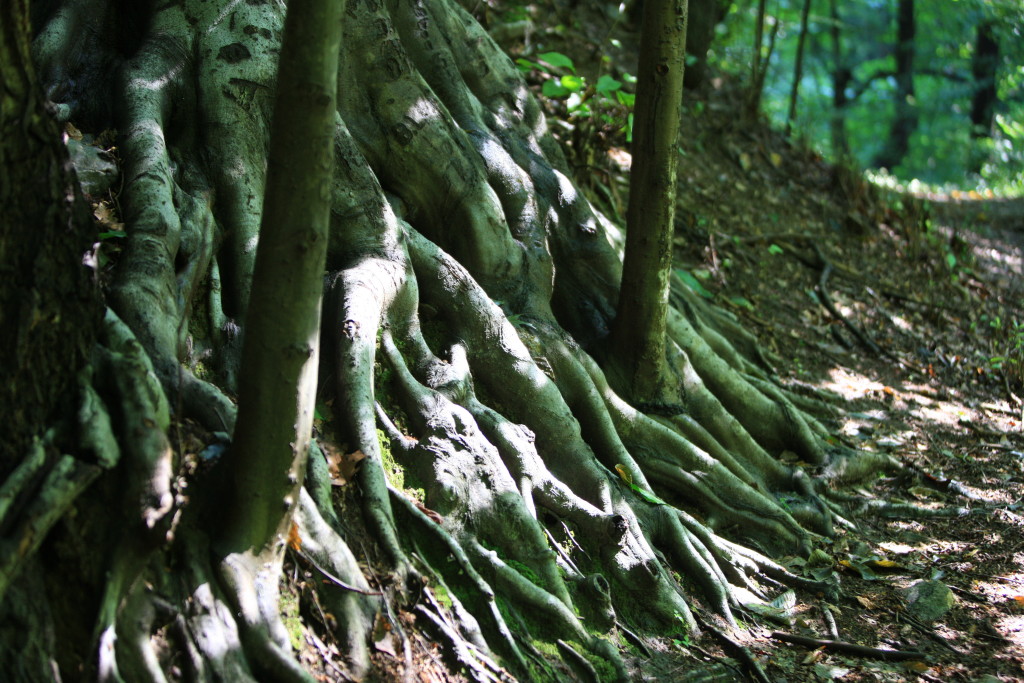
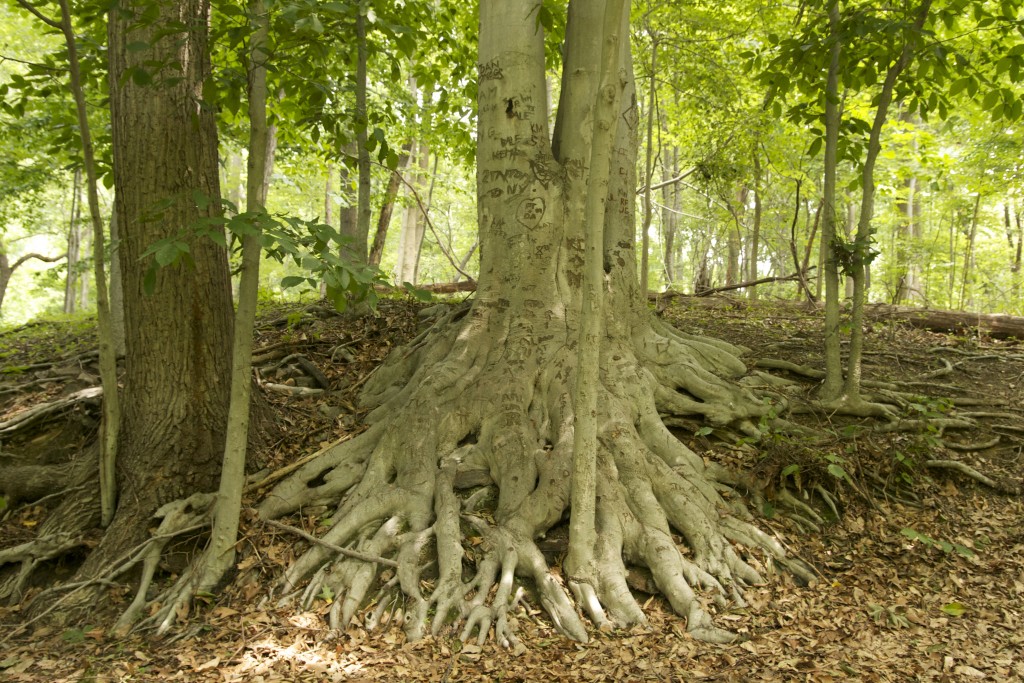
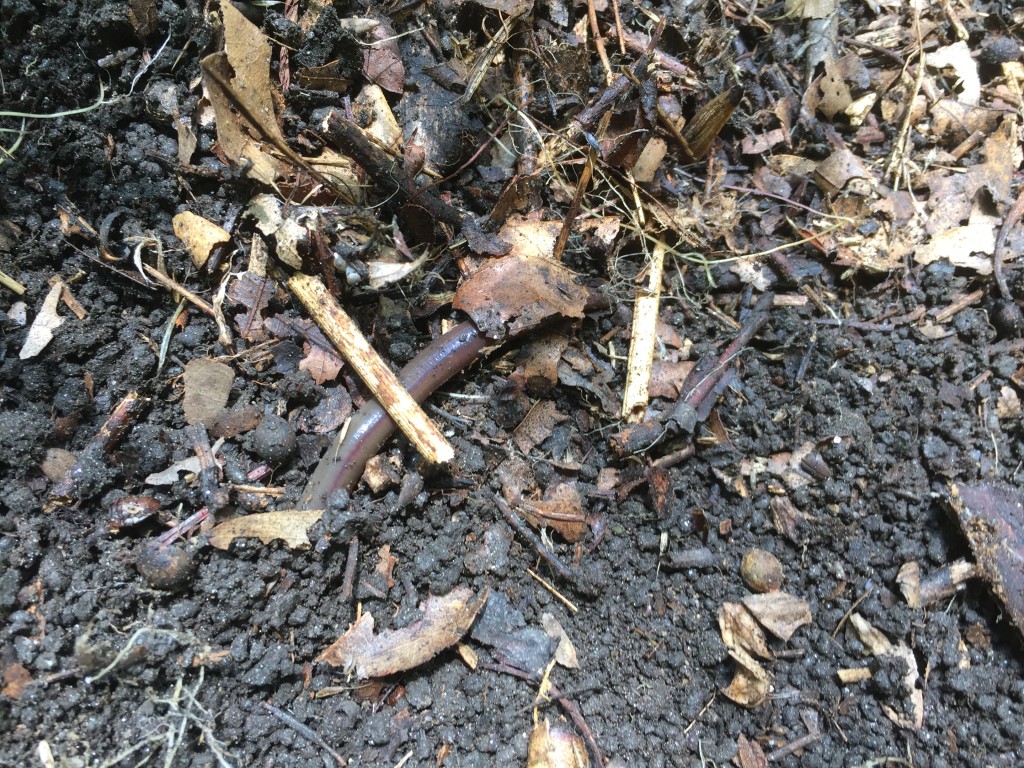
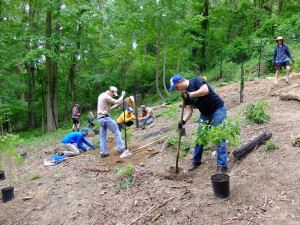
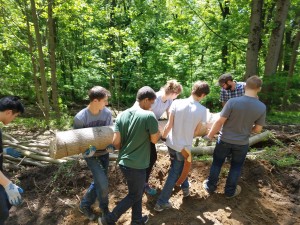 We can address these problems by improving the soil and providing the roots of trees with a healthy environment to grow and develop. In our Fox Glen restoration site, as we planted new trees we covered the ground around them with wood chips to help the roots retain moisture. The wood chips will break down over time and add to the organic content of the soil.
We can address these problems by improving the soil and providing the roots of trees with a healthy environment to grow and develop. In our Fox Glen restoration site, as we planted new trees we covered the ground around them with wood chips to help the roots retain moisture. The wood chips will break down over time and add to the organic content of the soil.  Andrew has a master’s degree in landscape architecture and ecological restoration from Temple University. He hiked the Appalachian Trail from Georgia to Maine in 2005-2006.
Andrew has a master’s degree in landscape architecture and ecological restoration from Temple University. He hiked the Appalachian Trail from Georgia to Maine in 2005-2006.